The political dialogue has changed completely from a hitherto common plank that was to some extent regardless of caste, creed or religion to one with religious overtones that favor Hinduism or to be fair the concept of ‘Hindutva’ propagated by the parent body of the Lotus. Underlying it is the belief that India is actually ‘Hindusthan’- a land of the Hindus and all those who live in it are and must be Hindus. So those who are not are either ‘foreigners’ or are those forcefully converted into Christianity or Islam in the past. Hence the recent calls for ‘Ghar Vapasi.’ Here’s a political analysis, by Sreelata, exclusively for Different Truths.
In recent months state after state has seen the Lotus bloom in India that is Bharat. Appealing to a vast section of society who truly believes that ‘majoritinism’ should call the shots, a sort of ‘religious’ nationalism is being sought to replace the presently pluralistic ‘Indian’ nationalism. To this end, the political dialogue has changed completely from a hitherto common plank that was to some extent regardless of caste, creed or religion to one with religious overtones that favor Hinduism or to be fair the concept of ‘Hindutva’ propagated by the parent body of the Lotus. Underlying it is the belief that India is actually ‘Hindusthan’- a land of the Hindus and all those who live in it are and must be Hindus. So those who are not are either ‘foreigners’ or are those forcefully converted into Christianity or Islam in the past. Hence the recent calls for ‘Ghar Vapasi.’
It is again perhaps towards that end that all efforts are being made to make all of ‘India’ toe the same line. In Kerala, for instance where Islam and Christianity have flourished and coexisted with Hinduism more or less peacefully for centuries things are today in a bit of a churn. Where once Onam was celebrated by all citizens as a common festival a call has been made to proclaim it ‘Vamana Jayanthi’ after the Brahmin- Vamana avatar emphasizing its Hindu roots. Where religious give and take previously existed, a Muslim religious seminar on the banks of the Aluva-Periyar rivers was prevented because it was next to a Siva temple. Where once little household pre-Vedic kavus or temples were run by families they are now being taken over by the VHP and run on Sanskritised rituals on the lines of the Brahmanical north. Where traditionally ‘Ashtami Rohini’ is celebrated in temples and at home, processions of ‘Janam Ashtami’ were taken out in public with children in the forefront dressed as Krishna and Radha. Where beef was more or less a staple diet it is now touted as a sin. This divide has gone so fundamental that apparently after a sustained hate campaign against him, a well-known Malayali writer of Muslim origin was forced to give up his discourse on the Ramayana. He was asked why he a Muslim was being allowed to comment on a Hindu epic.
While there is no doubt that the common leitmotif in both Christianity and Islam is conversion and sole allegiance to their version of the Almighty, what is unfortunate is that by giving Hinduism a similarly narrow, insular makeover and restricting it to a likewise confined narrative one is doing this remarkable religion a great disservice.
However, essential to this core belief of ‘Hindusthan’ being the land of the Hindus is the apparent conviction that since the Puranas refer to the land between the mountains of the north to the seas of the south as ‘Bharathvarsh’ there is a religious sanction to it. Therefore this entire conglomeration of countries should once again they believe unite and form a Greater –Undivided-India or an ‘Akhand Bharat.’
Failing which it is hoped ‘That one day these parts,-Bangladesh, Pakistan- which have for historical reasons separated only 60 years ago, will again, through popular goodwill, come together and Akhand Bharat will be created’ says Ram Madhav in an Al Jazeera interview. A map drawn up depicting and naming each country within ‘Punyabhoomi Bharat’ in which Afghanistan is c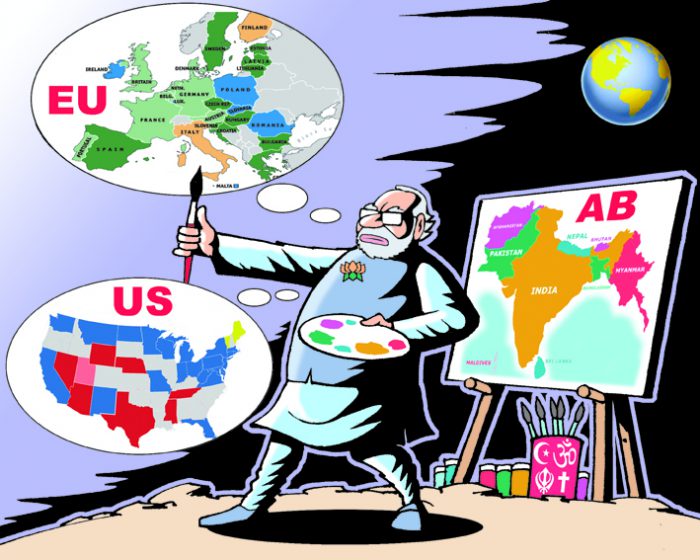 alled “Upganathan”, Kabul “Kubha Nagar”, Peshawar “Purushpur”, Multan “Moolsthan”, Tibet “Trivishtap,” Sri Lanka “Singhaldweep” and Myanmar “Brahmadesh with a caption in Sanskrit stating that all that’s south of the Himalayas and north of the Indian Ocean is Bharat is apparently on offer.
alled “Upganathan”, Kabul “Kubha Nagar”, Peshawar “Purushpur”, Multan “Moolsthan”, Tibet “Trivishtap,” Sri Lanka “Singhaldweep” and Myanmar “Brahmadesh with a caption in Sanskrit stating that all that’s south of the Himalayas and north of the Indian Ocean is Bharat is apparently on offer.
Appearing to distance itself from this remark which had ‘controversy’ marked all over it, other supporters have stressed that it was a cultural and not a political concept. It is neither a program nor a utopia, but an ideal. It is achievable only if the people of Pakistan and Bangladesh accept the pre-Islamic ethos and culture of India which in the current situation is extremely unlikely’, thereby emphasising the moot point.
However, this belief evolved so long ago by those who were against partition and sought to be brought to life today is based on an idealistic United Hindu Bharathvarsh that probably never existed. History bears testimony if nothing else to a motley collection of kingdoms with varied religious affiliations dotting the landscape that came together for brief moments of time under different rulers only to break up again at different times. Even then it barely touched the kingdoms to the south. Barring a common thread of a Sanskritic version of Hinduism running through the entire subcontinent loosely holding it together via its philosophic works and writings, there was no one politically united or consolidated Hindu kingdom that dominated the entire area. Even Lord Rama and the Pandava brothers each in his time were seen to be  moving through various kingdoms other than theirs.
moving through various kingdoms other than theirs.
It was only under the Mauryas with the Chanakya-Chandragupta –Ashoka combines as its main proponent that some semblance of a united consolidation came about for the first time followed by the golden age of the Guptas. Centuries later the Mughals- conquerors from the afar dropped anchor, made Agra their capital and battled to keep their flock together. Then with the arrival of the British, the varied diverse kingdoms were seriously through military intervention and guile brought under one umbrella-it took them 200 years- and India as a composite and compact whole took shape. Till then the entire subcontinent was nothing but a collage of different rulers and kingdoms.
The very name ‘India’ itself is lifted from the reference made by the Persians to ‘Sindhu’- the areas beyond the River Indus. With the Greeks/Romans giving it sanctity it later morphed into ‘Hindu’ and then ‘Hindusthan’- a land of/beyond the Indus. It is believed that this is what gave the place its identity and not the religion. So while the term ‘Bharat’ may have been synonymous with the area from the mountains in the north to the oceans of the south, it was in no way a composite united whole till the British gave it shape as ‘India’ which we later in any case enshrined in our Constitution as ‘India that is Bharat’ thereby giving our roots a more than grateful nod.
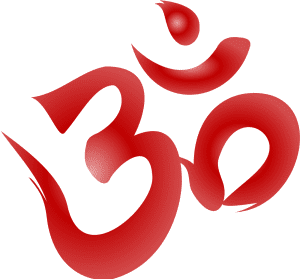 So to now try and give Hindutva a political identity based on geography that is suspect and to maybe drop ‘India’ and give it an indigenous twist with ‘Bharat’ which has already been constitutionally accepted as one and the same is being a little too hegemonistic. Moreover, in this quest for a geographical Akhand Bharat with a common Hindu cultural identity and a uniform model of Hinduism pan India we are not only in danger of damaging the social fabric of the country but may actually be destroying it as a nation.
So to now try and give Hindutva a political identity based on geography that is suspect and to maybe drop ‘India’ and give it an indigenous twist with ‘Bharat’ which has already been constitutionally accepted as one and the same is being a little too hegemonistic. Moreover, in this quest for a geographical Akhand Bharat with a common Hindu cultural identity and a uniform model of Hinduism pan India we are not only in danger of damaging the social fabric of the country but may actually be destroying it as a nation.
However having said that considering that – on the 27th of April 2018 Kim Jong-Un of North Korea crossed the border, shook his counterpart South Korean leader Moon Jae-in’s hand made history to end their bitter hostility and talk of making a new beginning for the first time since the 1950-53 war and in 1989 the Berlin wall that divided Germany into West and East Germany was brought down after 21 years since it came up in 1961, who is to say that ‘Akhand Bharat’ as a political entity is as far-fetched an idea or a disaster in the making if our collective –international- political leadership should actually put their minds to it ?
So the question really is how much do we honestly want it, for what reason and why.
©Sreelata Menon
Photos from the Internet
#CoverStory #AkhandBharat #Hindustava #Hindusthan #Chankya #CoverStory #DifferentTruths

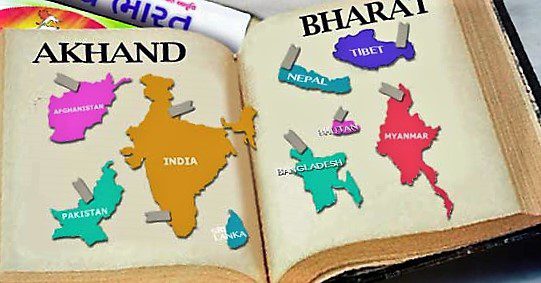
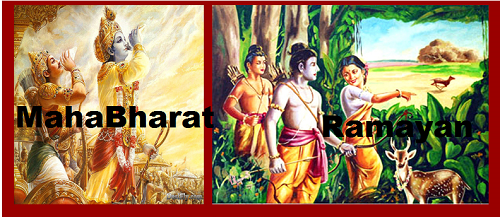
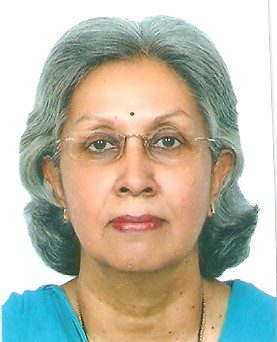

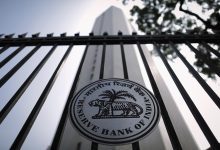

 By
By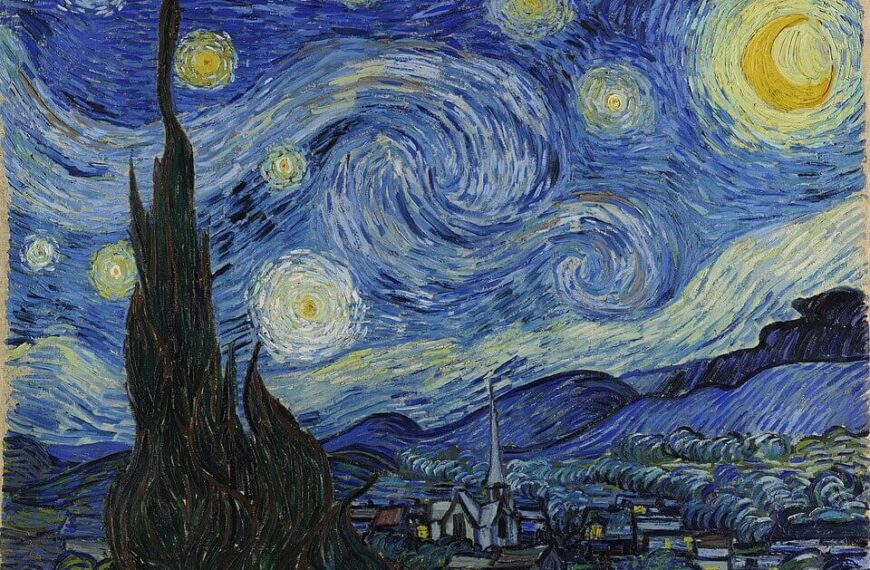
 By
By
 By
By
 By
By
Very well in-depth study and put in print
A good write up with future of India in haze.